A New Paradigm: Bridging the Divide Between Art and Science
Written on
The necessity for a cohesive relationship between science, art, and education has never been more pressing. In this collaborative exploration, co-authors Kathryn Hamilton, Genefer Baxter, and Marco Locatelli argue for a reevaluation of our traditional approaches to understanding science and its place in society.
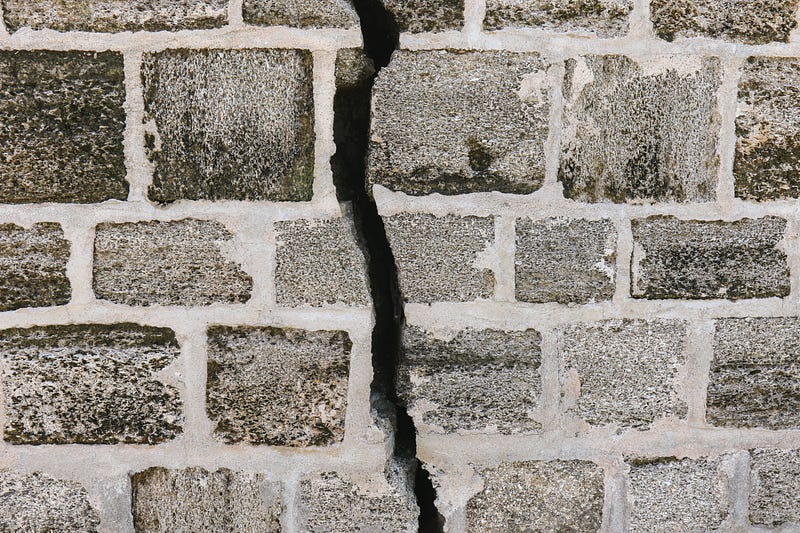
Fundamentally, the current methodologies of scientific inquiry are deeply flawed. Science has often been pursued in isolation, detached from artistic and philosophical methods of inquiry and the communities it serves. This disconnection is evident as we grapple with global crises, particularly in our fight against novel infectious diseases. The friction between our identities as human beings and the constructs of science and art reflects a broader disjunction that threatens our ability to think creatively and critically. This article seeks to identify the roots of this separation and advocate for a more integrated educational framework that embraces art as a vital component of inquiry, particularly in fields like biotechnology that hold the potential to redefine humanity itself.
The Strain of Contemporary Society
The last two years have brought unprecedented strain to our societal frameworks. We are witnessing the emergence of profound fractures within the established order, raising questions about the underlying values that define our humanity. What if the very systems we rely upon reveal deeper misalignments with our essential needs?
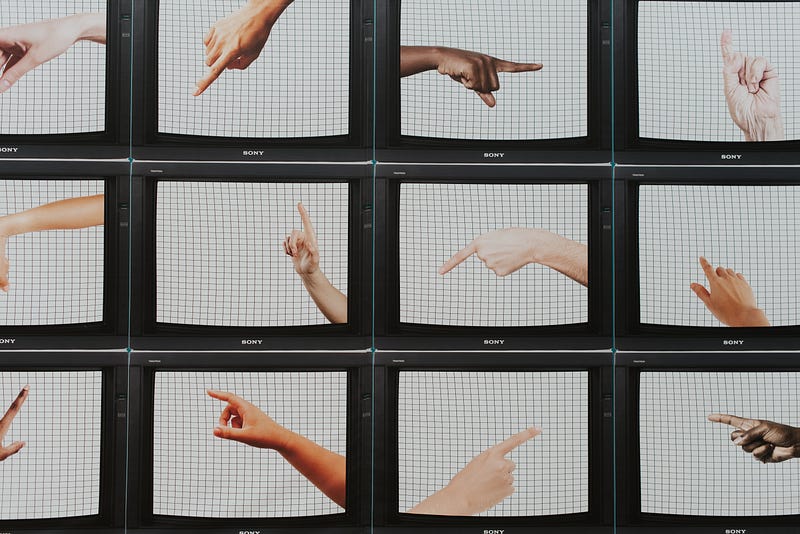
The ongoing health crisis has illuminated the urgent need for substantial change. It is imperative that we reflect on what it means to be human and how we can realign our values and needs in a rapidly evolving world.
Nature as a Catalyst for Self-Reflection
Biotechnology is blurring the lines between humanity and the natural world, raising crucial ethical questions. A significant challenge within the bioeconomy is the persistent miscommunication between scientists and the public. Bridging this gap is essential to cultivate a dialogue that alleviates the collective anxiety surrounding the unknown.
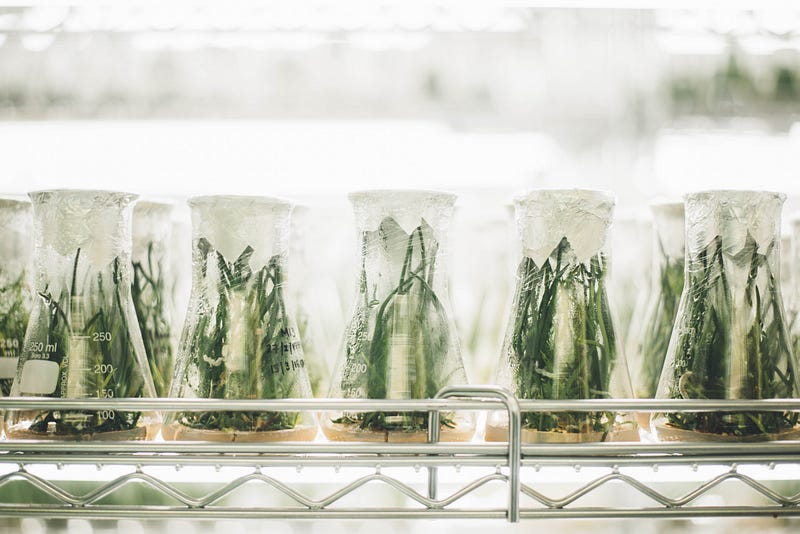
The Collision of Distorted Philosophies
At the heart of our current predicament lies a clash of two flawed philosophies. The capitalist system in the United States often breeds crony capitalism, which favors those with political connections and stifles fair competition. This results in wealth accumulation by a select few while the broader populace grapples with inflation and diminished market benefits.
The second distorted philosophy stems from the remnants of the second industrial revolution, which transformed economies and educational systems to prioritize efficiency and uniformity over the holistic development of individuals.
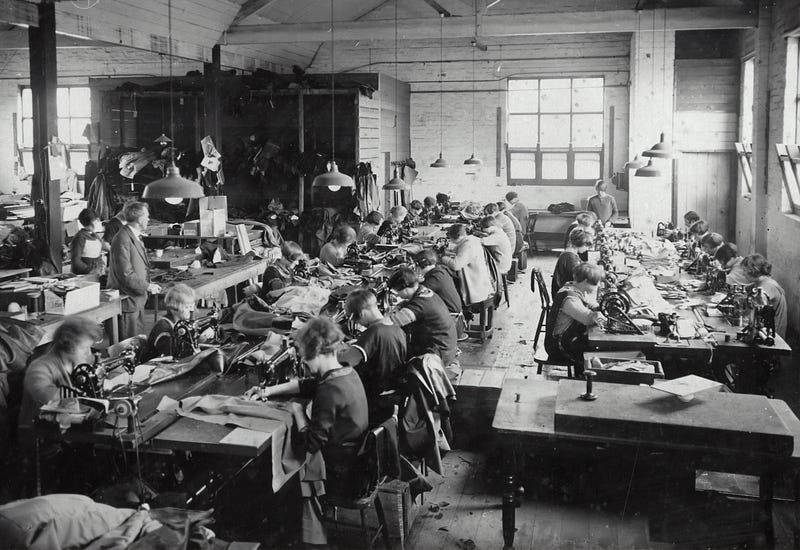
The Detrimental Effects of Industrialized Education
The education system today mirrors the industrial revolution’s ethos, focusing on rote memorization and standardized testing at the expense of creativity and social values. This approach risks producing individuals who function merely as cogs in a vast corporate machine.
Cultural Implications of the Divide
The convergence of these distorted philosophies has led to a cultural landscape devoid of creativity and interdisciplinary collaboration. As technology advances at an unprecedented rate, we must reclaim the essential human values that are being overshadowed.
“Yet it must also be recognized that nuclear energy, biotechnology, information technology, knowledge of our DNA, and many other abilities which we have acquired, have given us tremendous power...” — Laudato Si
The Need for Historical Acknowledgment in Progress
While modern medicine and scientific research have undoubtedly saved countless lives, there remains a dark history that must not be overlooked. The opioid crisis and unethical medical experiments exemplify the dangers of neglecting our historical responsibilities.
This great divide between our intrinsic learning processes and the prevailing educational structures necessitates urgent attention. The implications of this separation are profound and far-reaching, especially as we navigate an era marked by rapid technological advancement.
Revisiting Synergistic Historical Foundations
Historically, figures like Aristotle and Plato recognized the inseparable nature of art, science, and education. They believed that true fulfillment arises from the integration of these disciplines in the pursuit of virtue.
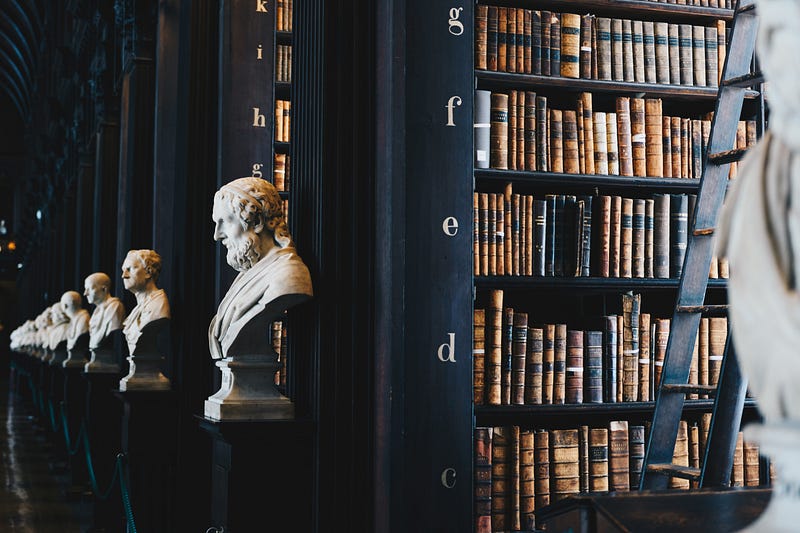
Virtue as a Guiding Principle
Virtue is an active state achieved through habitual practice, guiding individuals towards beauty and truth. Aristotle identified five intellectual virtues essential for a well-rounded life:
- Art — The ability to create and refine a craft.
- Knowledge — Fundamental to human existence.
- Practical Judgment — The foundation of wisdom.
- Wisdom — Aligning actions with the common good.
- Intellect — The synthesis of judgment and knowledge, giving rise to science.
Embracing a Holistic Approach
These intellectual virtues must be integrated to unlock our full cognitive potential. A collective commitment to cultivating these virtues can foster a harmonious culture, transcending our differences.
Plato emphasized that happiness is found in the pursuit of virtue and that leaders must engage with a diverse range of subjects to nurture a comprehensive human experience. By intertwining scientific discovery with artistic expression, we can realign ourselves with the pursuit of beauty and innovation.
Art’s Role in Healing Societal Divides
The narrative of Plato’s Allegory of the Cave illustrates the power of art in transforming perspectives. The journey from ignorance to enlightenment is facilitated through creative expression, which can inspire others to seek the light of understanding.
Addressing the Extremes in Society
Today, we see a widening gap between those deeply engaged in academia and those outright rejecting scientific inquiry. To bridge this divide, we must seek a balanced approach that celebrates the integration of art, science, and education.
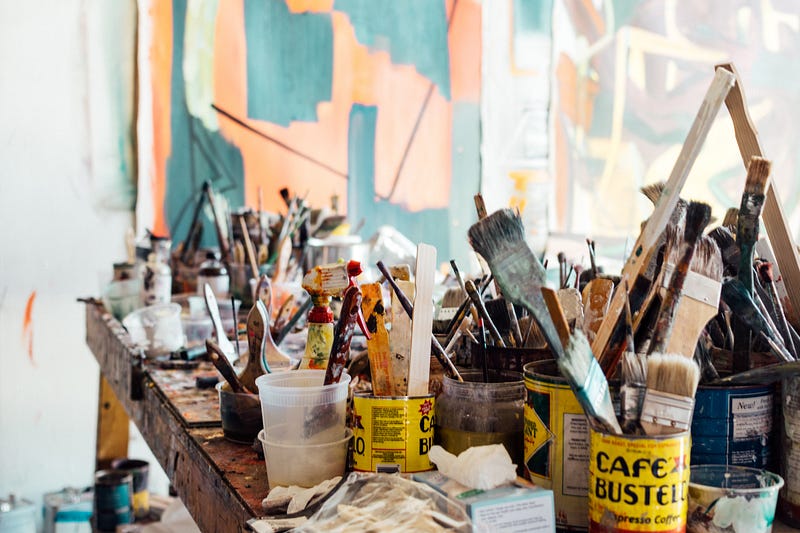
Harnessing the Power of Art Thinking
Art thinking, characterized by an adaptive mindset and a propensity to embrace uncertainty, provides essential skills for innovation in today’s rapidly evolving landscape. This process encourages individuals to ask the right questions and navigate creative endeavors effectively.
Defining Art Thinking
Art thinking transcends traditional notions of artistic practice, emphasizing cognitive strategies that promote balance and coherence. This methodology can be harnessed to foster innovation across various domains.
Integrating Methods for Holistic Inquiry
Methods of inquiry are tools for problem-solving that evolve over time. By merging artistic approaches with existing frameworks like design thinking and the scientific method, we can cultivate a more dynamic and engaging process of innovation.
Critiquing Design Thinking
While design thinking has gained traction across multiple fields, it often prioritizes functionality without considering the broader implications of technology in our lives. A shift towards art thinking can realign our focus on values and virtues in the creative process.
Artistic and Scientific Inquiry: A Necessary Balance
Both artistic and scientific inquiries aim to deepen our understanding of the world. Arts-based research offers a unique perspective, allowing for the exploration of research questions through creative practices.
Our goal is not to undermine existing methods but to enhance them by incorporating artistic insights.
Celebrating Creative Minds Throughout History
Many of history’s greatest thinkers, including Albert Einstein, exemplified the integration of artistic and scientific thinking in their work. Einstein's reliance on visual imagination and creative processes provides a model for how anyone can harness these strategies for innovation.
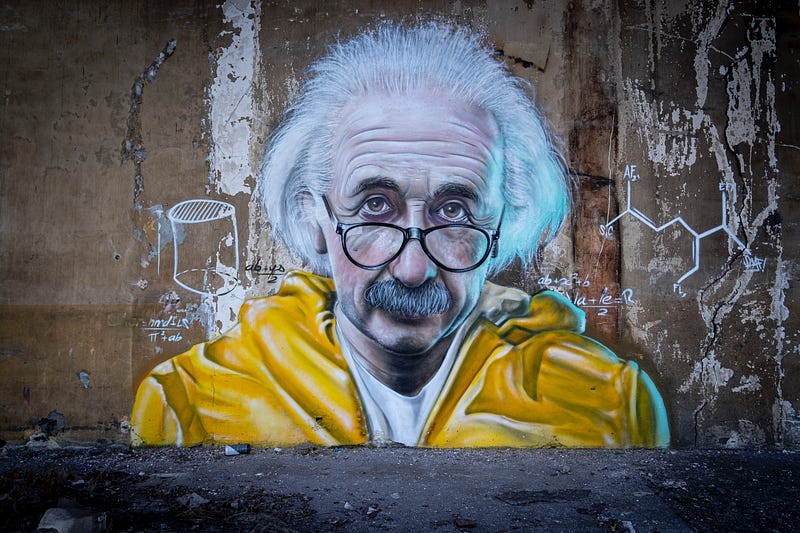
Imagining an Ideal System
Repairing the divide between art, science, and education requires collaborative efforts that engage diverse communities. By fostering ecosystems that democratize scientific understanding, we can create a model that empowers individuals to take ownership of knowledge.
Cultivating Creativity in Education
To foster a creative workforce, we must prioritize the development of innovative educational frameworks that nurture students’ natural creativity rather than reduce them to mere components of an industrial machine.
Innovative Approaches to Learning
Emerging project-based educational programs are taking strides toward this vision, allowing students to engage with real-world challenges and develop solutions that extend beyond the classroom.
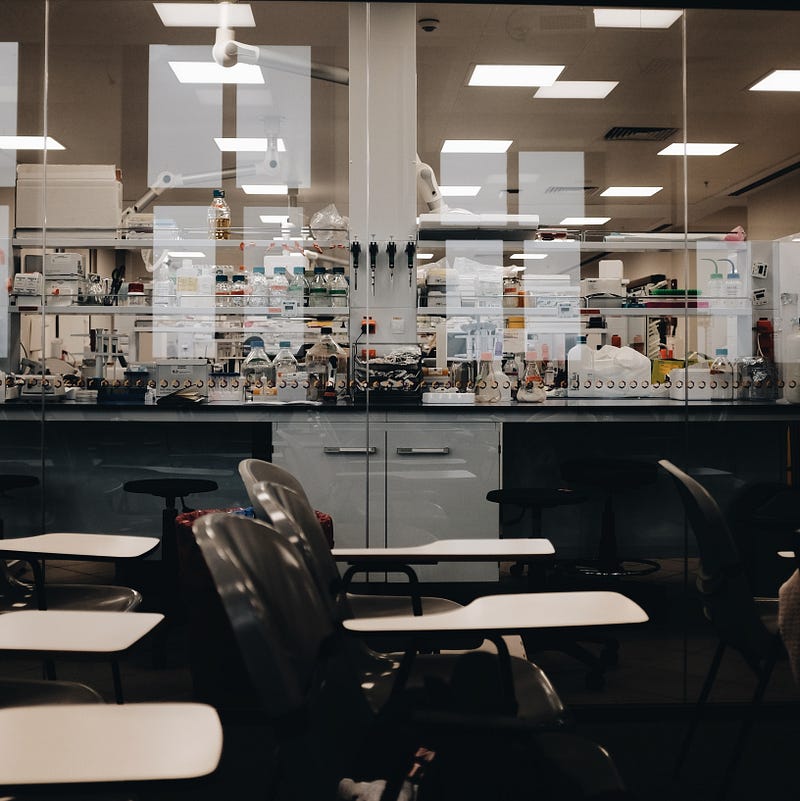
Aula Future: A Model for Integrated Learning
Aula Future exemplifies this approach, equipping students with the tools and resources to explore meaningful projects that address technological and social issues. Through iterative phases of introspection, research, design, and sharing, students cultivate valuable skills for their future endeavors.
Recognizing the Impact of Separation
The pandemic has reshaped our lives and highlighted the importance of reevaluating our values concerning education, community, and quality of life. This moment presents an opportunity to redefine our collective existence.
Advocating for a Holistic Educational Approach
The current educational landscape often stifles creativity and limits the potential of students. By embracing the principles of art thinking, we can foster an inclusive environment where diverse perspectives thrive.
Embracing our Shared Humanity
As we navigate this complex landscape, we must embrace the duality of our existence, striving for a future that values virtue, equity, and artistic expression. Only then can we hope to achieve true happiness and innovation.
The Path Forward: A Call to Action
To create a brighter future, we must prioritize ethics and values in our innovations, considering the social implications of our creations before they materialize. This shift begins with a commitment to education that demystifies the creative process and empowers future generations.
A Collective Responsibility
As educators, scientists, and individuals, we must advocate for a holistic approach that embraces the complexity of our shared existence. By doing so, we can pave the way for a future where art and science coexist harmoniously, enriching our understanding of the world and ourselves.
The Promise of Art Thinking
Art thinking is not merely a tool but a pathway to realizing our potential as innovative thinkers in every field. It offers the means to transcend conventional boundaries and create meaningful change in our lives and society.

Genefer Baxter and Marco Locatelli are artists, designers, and facilitators at Aula Future.
After relocating from Philadelphia to Hawai’i, Genefer pursued studies in business, marketing, and design, while Marco specialized in material engineering and nanotechnology in Italy. Their paths converged in Germany, leading to the establishment of IMRSV Arts, a studio focused on immersive art experiences using cutting-edge technology. Following the pandemic, they founded Aula Future to foster interdisciplinary collaboration among young creators.
Learn more about Aula Future and its innovative student projects at www.aulafuture.org.
Interested in discussing biotechnology or the bioeconomy? Let’s connect! If you have insights to share on essential scientific topics, please leave a comment below. Additionally, check out this compelling article:
<h2>Blended Worldview: Disrupting the Way We Think about Science and Art</h2>
<div><h3>An Interview with Dr. Samira Kiani, Associate Professor in the Department of Pathology at the University of Pittsburgh</h3></div>
<div><p>medium.com</p></div>
Follow Bioeconomy.XYZ to discover how biotechnology is shaping our world.